With the goal of creating a high-quality salt material area for processing and increasing income for salt farmers, in 2023, the provincial Center for Salt Production coordinated with the People's Committee of Tri Hai commune (Ninh Hai) to deploy a clean salt production model according to the product consumption chain with a scale of 1ha. Households participating in the model were supported by the Center with 50% of the cost of purchasing materials and equipment for production. After a period of implementation, the model has achieved some positive results. With the method of producing clean salt on a crystallization cell covered with HDPE plastic tarpaulin, the salt yield is high, an average of 384 tons/ha/year, with a selling price of 1.3 million VND/ton, after deducting costs, the average profit is 355 million VND/ha/year, economic efficiency increased by 72% compared to households outside the model.
In early December 2023, the Center held a conference to review the effectiveness of the clean salt production model using HDPE tarpaulin and crystallization cells, in line with the current trend of applying scientific and technological advances in production, contributing to the transformation from traditional salt production to salt production using clean salt technology with high economic efficiency. From there, clean salt production areas were formed to meet the needs of purchasing enterprises; increase income for workers, increase the efficiency of land use for production; create jobs and contribute to improving the lives of local salt farmers. From the initial effectiveness, the model has the potential to be replicated in salt production areas in the province.
Corn replanting model in Phuoc Vinh commune (Ninh Phuoc). Photo: Anh Tuan
In the livestock sector, the provincial Center for Animal Husbandry has implemented the model "Producing and preserving green roughage for grass-fed livestock adapting to climate change" in Xuan Hai commune (Ninh Hai) with a scale of 9 hectares of VA06 grass. After 10 months of implementation (from March 2023 to December 2023), the model achieved many positive results, with an average grass yield of 264 tons/ha/year, 14 tons higher than the technical target. 60 tons of feed have been processed, preserved and stored to ensure a source of feed for livestock in the dry season. Using the silage method compared to non-silage grass, the fiber content is reduced by about 20%, and the digestibility of livestock increases by about 30%. From the above improved technical indicators, it helps to increase economic efficiency by 15% compared to production outside the model.
Notably, the model contributes to the transformation of the agricultural sector, in which increasing the proportion of livestock, especially cattle, goat and sheep farming, is very important for arid areas, gradually increasing farmers' income; limiting environmental pollution by taking advantage of agricultural by-products; creating and forming livestock craft villages; initially building a link between livestock farmers and businesses in product consumption. The highly successful model has spread to people across the province to visit, learn and replicate the model by an additional 2.8 hectares. In addition to the above models, there are also hybrid corn growing models in Phuoc Vinh commune (Ninh Phuoc), biomass corn production models for animal feed in My Son and Nhon Son communes (Ninh Son), high-tech pumpkin and bean growing models in Phuoc Tan commune (Bac Ai) ... also achieved certain results.
In addition to implementing new models, in 2023, the provincial Center for Animal Husbandry will also focus on replicating effective models. Specifically, the fruit tree model (apple, custard apple, green-skinned grapefruit) deployed in 2019 with an area of 63.6 hectares, was replicated by 70.5 hectares during the year. The model of growing melons in greenhouses deployed in 2021 has so far been replicated on 15 hectares. The model of "Improving to improve the productivity of local beef cattle" has so far been replicated on 10 models. In addition, the Center also takes the lead in implementing the service of providing bull semen in the direction of socialization for inseminators in the province, and has so far provided 1,167 doses of semen from Brahman, BBB, Red Angus and Charolais cattle breeds; In coordination with Vinh Veterinary Service, My Son commune (Ninh Son) carried out artificial insemination of cows in the province with more than 1,000 doses of semen, contributing to increasing the crossbred cow rate to 51%.
Mr. Nguyen Duc Thuan, Director of the Provincial Center for Agricultural Research, said: Implementing the direction of the Department of Agriculture and Rural Development on promoting the development of high-tech agriculture and aiming to export some agricultural products of the province, in the coming time, the Center will organize field surveys, evaluate the results of some models for replication. Support farmers to develop production through access to agricultural extension activities, implement programs and projects. Link with scientific agencies and enterprises to receive and transfer technology into production and consumption of farmers' products. The Center strives to build 2 new production models and replicate 5 effective production models in 2024.
Mr. Tung
Source



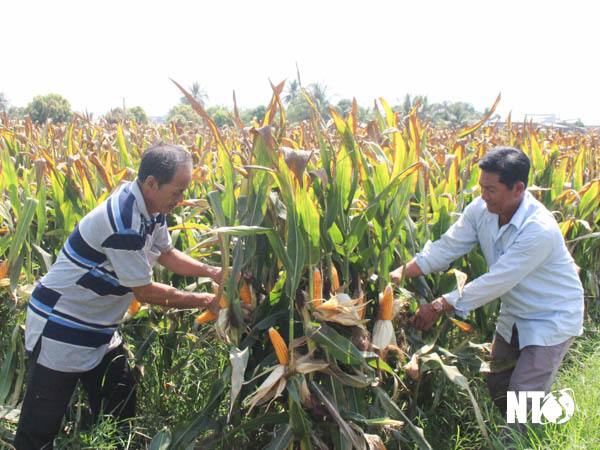



![[Photo] Prime Minister Pham Minh Chinh chairs the meeting of the Government Party Committee Standing Committee](https://vphoto.vietnam.vn/thumb/1200x675/vietnam/resource/IMAGE/2025/8/23/8e94aa3d26424d1ab1528c3e4bbacc45)
![[Photo] General Secretary To Lam attends the 80th Anniversary of the Cultural Sector's Traditional Day](https://vphoto.vietnam.vn/thumb/1200x675/vietnam/resource/IMAGE/2025/8/23/7a88e6b58502490aa153adf8f0eec2b2)

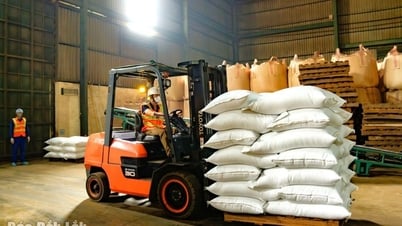








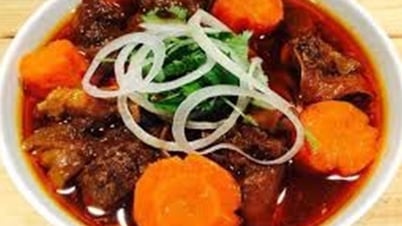
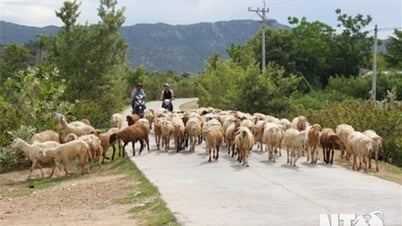
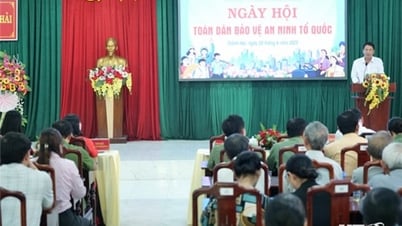
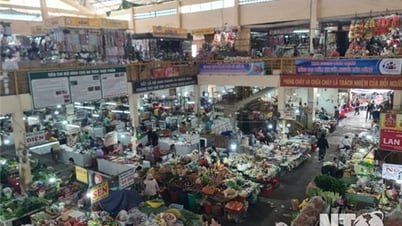








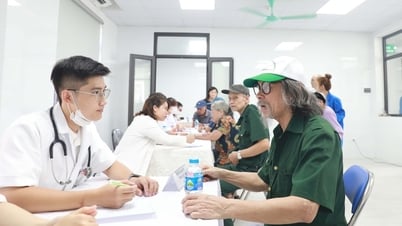

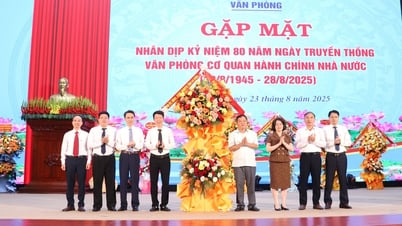













































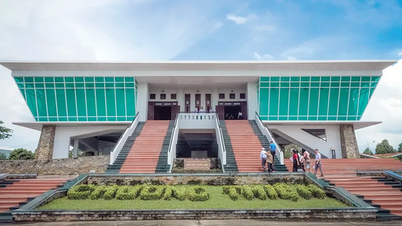








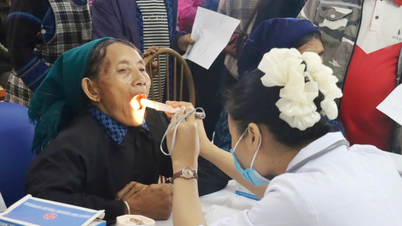

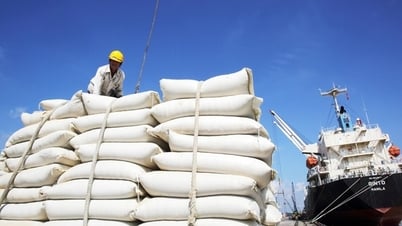









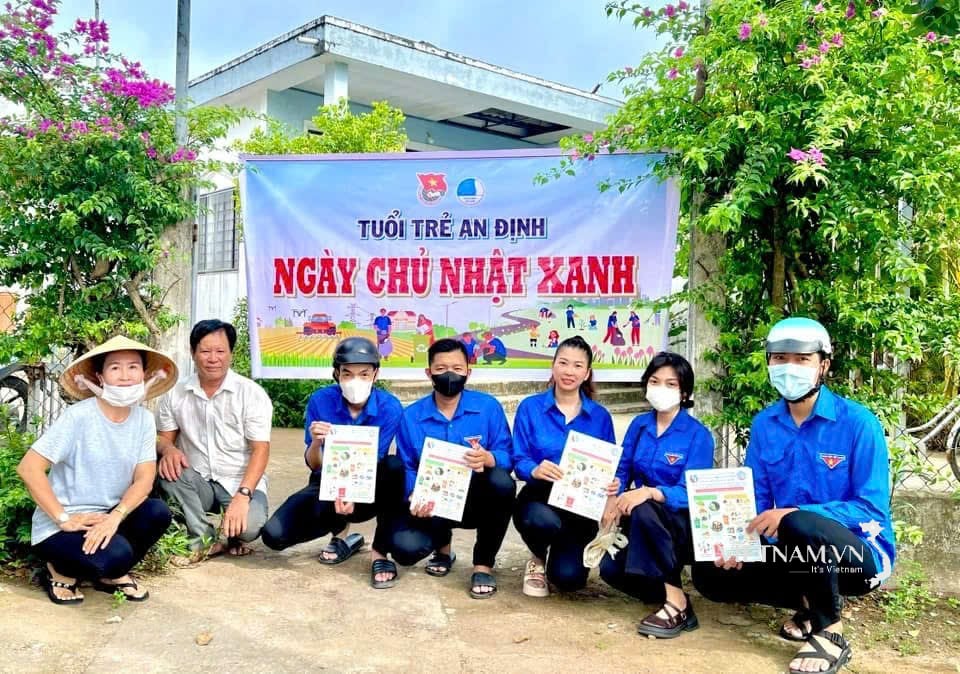
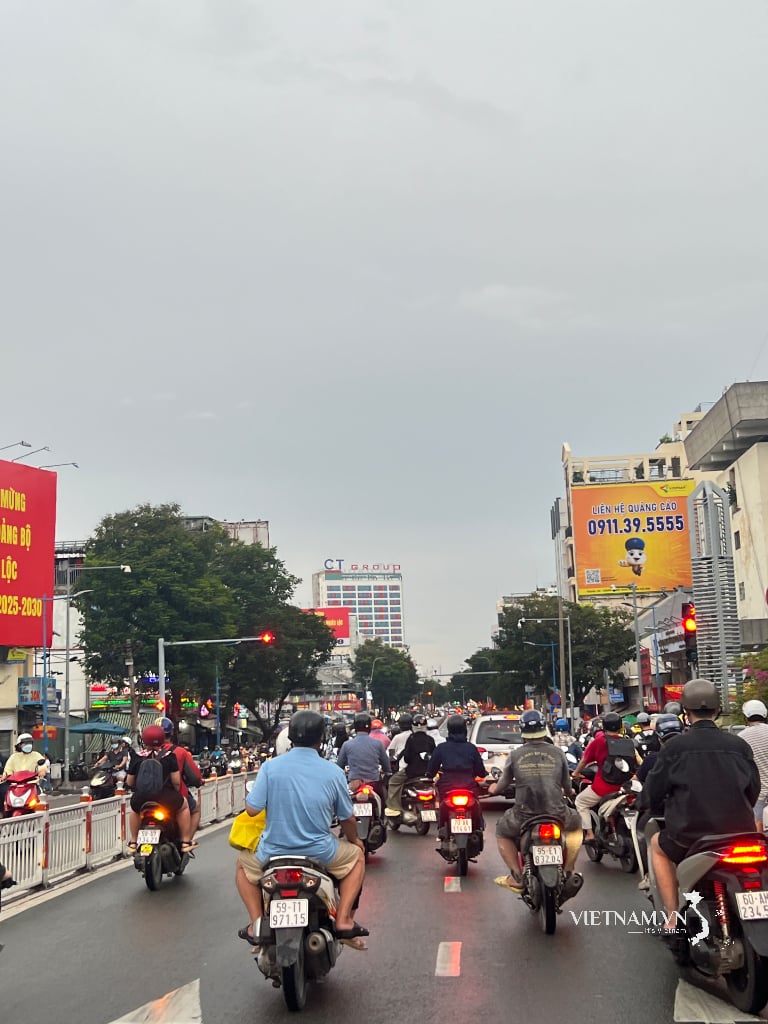


Comment (0)